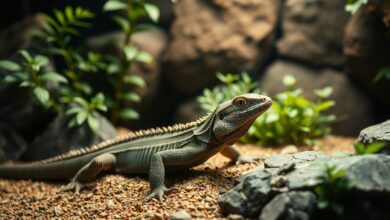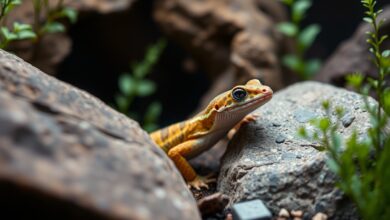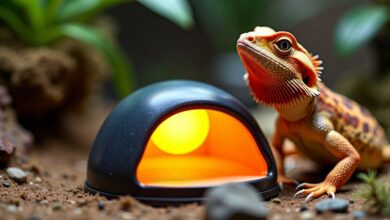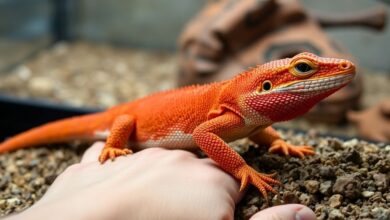Corn Snake Feeding Chart – 7 Essential Guidelines for Proper Care
There’s a lot to consider when it comes to feeding your corn snake, and following the right guidelines is key to ensuring its health and well-being. With this Corn Snake Feeding Chart, you will discover 7 imperative guidelines that will help you provide a balanced diet for your pet. From understanding the appropriate prey size to how often to feed, you’ll gain the knowledge needed to keep your corn snake happy, thriving, and safe from potential health issues. Start your journey towards becoming a responsible snake owner today!
Key Takeaways:
- Feeding Frequency: Young corn snakes should be fed every 5-7 days, while adults can be fed every 7-10 days to maintain optimal health.
- Prey Size: Ensure that the size of the food item is appropriate, ideally around the width of the snake’s body, for safe and effective feeding.
- Temperature Control: Use properly thawed prey at room temperature to encourage feeding; temperature plays a significant role in a corn snake’s appetite.
Understanding the Corn Snake Diet
To ensure your corn snake thrives, it’s vital to understand its dietary needs. This species thrives on a varied diet that mimics what they would consume in the wild. By providing the right types and sizes of prey, you promote healthy growth and well-being for your pet. Proper nutrition is key to maintaining their vibrant colors and active behavior.
Natural Diet in the Wild
Among the natural diets of corn snakes in the wild, they primarily feed on small mammals, birds, and occasionally lizards. Their ability to adapt to various environments allows them to hunt different prey, making them effective predators. This diverse diet contributes to their survival in various habitats.
Common Prey Items in Captivity
An effective feeding regimen for your corn snake consists of common prey items such as mice and rats, which can be found in pet stores. Additionally, some owners choose to feed their snakes frozen prey for convenience and safety. It is vital to select prey that is appropriately sized for your snake to avoid any feeding complications.
A key aspect of feeding your corn snake is ensuring that the prey items are within a size range that matches your snake’s width. Feeding prey that is too large can lead to serious health risks, including blockages and injuries. On the other hand, feeding mice or rats that are too small may not provide adequate nutrition. Additionally, utilizing frozen prey can reduce the risk of bites from live animals and allows you to maintain a cleaner feeding environment. By choosing the right prey and preparing it properly, you can enjoy a healthy feeding routine for your corn snake.
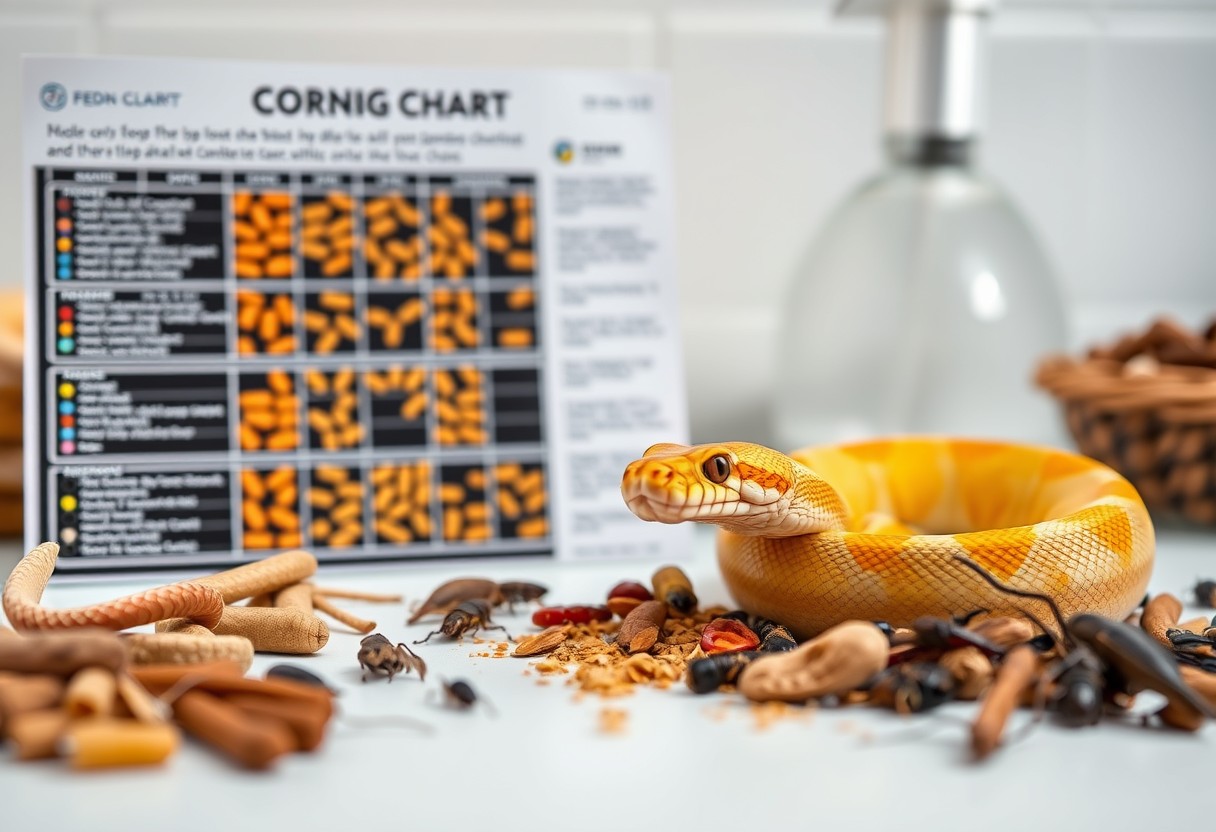
Age-Appropriate Feeding Guidelines
Some key considerations will help you provide age-appropriate feeding for your corn snake. By understanding the distinctive dietary requirements of hatchlings, juveniles, and adults, you can ensure optimal growth, health, and vitality. This guide will provide you with valuable insights into feeding habits that suit each life stage.
Hatchlings and Juveniles
One of the most significant aspects of caring for hatchlings and juveniles is the frequency of their feedings. Young corn snakes thrive on smaller meals, typically requiring food every 5 to 7 days. A diet of appropriately sized pinky or fuzzy mice will support their rapid growth and development.
Adults and Their Feeding Needs
To properly care for your adult corn snake, it’s important to adjust their feeding schedule to one meal every 7 to 14 days. Adults generally consume larger prey, such as adult mice or small rats, depending on their size.
A well-fed adult corn snake should have a body shape that is slightly rounded but not excessively bulky. Overfeeding can lead to obesity, which poses health risks, including respiratory issues and organ failure. Your snake’s size will dictate meal portions, so ensure that prey items are no more than 1.5 times the width of your snake’s body. By keeping a consistent feeding routine and monitoring your snake’s weight, you can help maintain a healthy lifestyle for your pet.
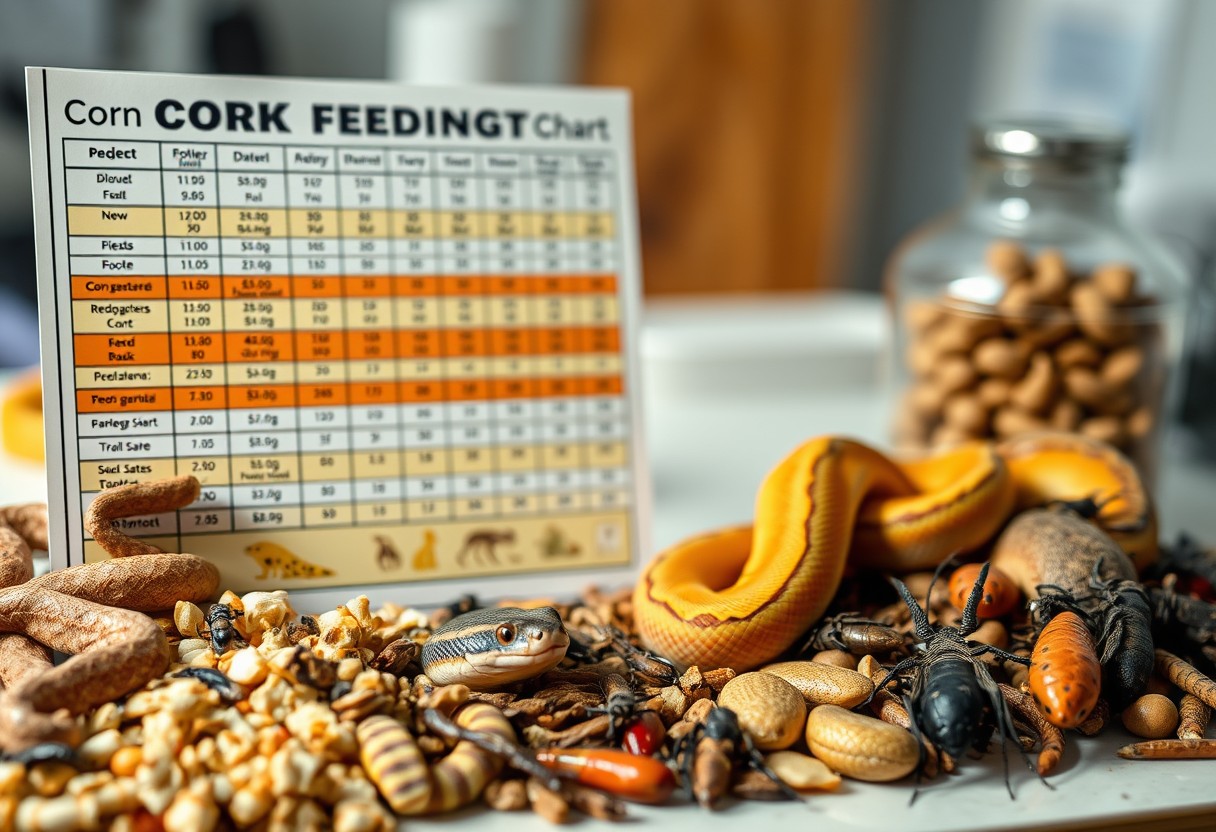
Frequency of Feeding
Not feeding your corn snake on a regular schedule can lead to health issues. Typically, juvenile corn snakes require feeding every 5-7 days, while adults can thrive on a 7-10 day schedule. For more insights on maintaining your snake’s health through feeding, check out Feeding Corn Snakes: Preventing Obesity and Promote …. Adjustments to their diet should be made based on age, size, and overall health.
Daily vs. Weekly Feeding Schedules
For younger corn snakes, a daily feeding schedule is vital to support their rapid growth. As they mature, transitioning to a weekly feeding routine helps maintain their health without leading to excessive weight gain. Tailoring the frequency of feeding based on your snake’s developmental stage ensures they receive the right nutrition.
Signs of Overfeeding or Underfeeding
After establishing a feeding schedule, it’s vital to monitor your corn snake for any signs of overfeeding or underfeeding. Both conditions can lead to serious health issues.
Due to the nature of snakes, it’s important to observe their body condition closely. Signs of overfeeding include a noticeably swollen or distended belly and lethargic behavior, which can result in obesity and other health complications. Conversely, signs of underfeeding include weight loss, lack of energy, and abnormal shedding. Your goal is to achieve a healthy balance to promote your snake’s well-being and longevity.
Portion Sizes and Prey Selection
Once again, ensuring the right portion sizes and selecting appropriate prey are key elements in your corn snake’s feeding routine. A well-fed snake will thrive, grow, and display vibrant colors, while improper feeding can lead to health issues. Pay attention to your snake’s size, age, and feeding frequency to choose the right prey that will meet its dietary needs without overfeeding or underfeeding.
Determining the Right Size of Prey
Against popular belief, the size of prey for your corn snake should be no larger than the widest part of the snake’s body. This prevents choking hazards and ensures your snake can handle the meals effectively. Generally, a good rule of thumb is to feed your snake birds or rodents that are around 10-15% of its body weight.
Alternatives to Live Feeding
Behind the idea of live feeding lies a safer approach for both you and your corn snake. While some enthusiasts prefer live prey for the hunting experience, there are reliable alternatives that can ensure your pet’s health without the associated risks.
A growing number of reptile keepers opt for frozen-thawed prey as a safe alternative to live feeding. This method not only minimizes the risk of injury to your snake but also eliminates potential stress from hunting live animals. Additionally, frozen prey can be stored efficiently and is easily accessible. Always heat the prey to an appropriate temperature before offering it to your snake, ensuring an appetizing meal. This practice promotes better digestion while pushing your corn snake to eat regularly, leading to a happier and healthier pet.

Feeding Techniques and Tips
Many factors play a role in ensuring your corn snake receives the best care during feeding. Consider these guidelines:
- Choose appropriate food size based on your snake’s age and size.
- Feed your snake in a dedicated area to minimize stress.
- Utilize pre-killed prey to reduce injury risks.
- Avoid handling your snake for at least 24 hours after feeding.
- Monitor feeding schedules for a consistent routine.
Thou should always prioritize safety and comfort for your corn snake.
Safe Handling During Feeding
By ensuring safe handling during feeding, you can significantly reduce the risk of stress for both you and your corn snake. Always use tongs when offering prey, as reaching directly into the enclosure can lead to accidental bites. While feeding, keep the environment calm and quiet, avoiding sudden movements or loud noises that could startle your snake.
Reducing Feeding Stress
Beside implementing safe handling techniques, reducing feeding stress is imperative for your corn snake’s well-being. When your corn snake feels secure, it can enjoy its meal without added anxiety.
Tips for minimizing feeding stress include establishing a consistent feeding schedule and sticking to it. Always feed in a familiar environment, as this helps your snake feel more at ease. Avoid overfeeding or providing prey that is too large, as this can cause discomfort. Feeling safe during feeding promotes a positive eating experience, while being aware of your snake’s body language will help you gauge its comfort level. This approach strengthens your bond and encourages a healthy feeding routine.
Monitoring Health and Behavior
After you have established a feeding routine for your corn snake, it’s critical to monitor its health and behavior regularly. Observing your snake will help you identify any potential issues early on, ensuring it remains healthy and happy. For detailed care practices, refer to the Corn Snake Care Sheet.
Recognizing Signs of a Healthy Snake
Recognizing the indicators of a healthy corn snake will make it easier for you to maintain its well-being. A healthy snake displays clear eyes, smooth and vibrant scales, regular shedding, and an active demeanor. A good appetite and consistent, normal bowel movements are also important signs of health. If you notice any deviations from these traits, it could be time to investigate further.
When to Consult a Veterinarian
Among the signs that warrant a visit to the vet are persistent lethargy, refusal to eat, abnormal shedding, or any visible injuries or swelling. Ignoring these symptoms can lead to more severe health complications.
In fact, if you notice your corn snake exhibiting prolonged lethargy, continuous refusal to eat, or any unusual behavior, seeking veterinary assistance is important. Symptoms such as bloated or discolored areas on the body, respiratory issues, or significant weight loss should not be overlooked. Timely intervention can make a positive difference, as conditions like infections or parasites can escalate quickly if not addressed. Always prioritize your snake’s health by consulting with a professional when in doubt.
Conclusion
Summing up, following a proper feeding chart for your corn snake is imperative for its health and well-being. By understanding the key guidelines, such as frequency, portion size, and prey type, you can ensure a balanced diet tailored to your snake’s needs. Regularly assessing your snake’s condition and adjusting its feeding routine accordingly will help you maintain optimal growth and vitality. With these imperative tips, you’re well-equipped to provide the best care for your corn snake.
FAQ
Q: What types of food should I provide for my corn snake?
A: Corn snakes are carnivorous and primarily eat rodents. Suitable food options include pinky mice for hatchlings, fuzzy mice for juveniles, and adult mice or small rats for larger snakes. It’s important to select prey that is appropriately sized; typically, the width of the prey should be about the same as the widest part of your snake’s body. You can also consider pre-killed or frozen-thawed rodents to avoid the risks associated with live feeding.
Q: How often should I feed my corn snake?
A: Feeding frequency depends on the age and size of your corn snake. Hatchlings generally require feeding every 5 to 7 days, while juvenile corn snakes may be fed every 7 to 10 days. Adult corn snakes can be fed every 10 to 14 days. It’s important to monitor your snake’s body condition; if they appear overweight or underweight, you may need to adjust your feeding schedule accordingly.
Q: What should I do if my corn snake refuses to eat?
A: Loss of appetite in corn snakes can happen for various reasons, including stress, changes in environmental conditions, or illness. If your corn snake refuses food for more than a couple of weeks, first check the habitat’s temperature, humidity, and overall setup. Ensure your snake feels secure and has suitable hiding places. If these conditions are correct and the issue persists, consult with a veterinarian knowledgeable in reptiles to rule out health issues.


